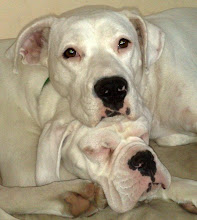Anyway, I have just completed the setup of a QNAP TS-209 Pro II for a client which is a great piece of kit, featuring a file server with user authentication accessible via the local network and the Web, a print server, media server, web server, frp server, backup location, MySQL server etc and which also happens to run Python so is pretty much potentially infinitely expandable in functionality.
The QNAP setup itself was a snap but remembering the following points when integrating it into a Vista based workgroup will definitely save some time and headscratching.
1. Set the workgroup name in the network settings for the NAS.
2. Set up your users on the NAS with exactly the same credentials as they use to login to their Vista machines. Vista has a nasty habit of not remembering credentials otherwise even when you click the 'remember password' checkbox when you first log on.
3. If you need to clear Vista's cache of network credentials at any time use the command:
rundll32.exe keymgr.dll, KRShowKeyMgr
If you use the offline files facility with Vista and login to the mapped drive fails, Vista won't always tell you so you may find that the Vista user doesn't see updates to files on the shared server with no obvious reason as the login failure isn't reported and no opportunity is offered to update the credentials. When you run the above command you are presented with a list of cached credentials for your various network accesable servers and you can remove the ones you want to reset.
3. Use the IP of your NAS rather than the server's name when you map drives from it to your Vista machines. Netowrk discovery in Vista is a nice feature but it can be sloooooowwwww.
4. If you're using your NAS as a print server make sure that the printer drivers are up to date on all client machines.
5. Finally, specifically for the QNAP models, the support forums are an invaluable resource with such diverse topics as getting the optimum disk spin-down control to running a VPN server (yes, I know, not the greatest idea in terms of network topography but some might want to do it) on your QNAP.
Happy networking!




No comments:
Post a Comment